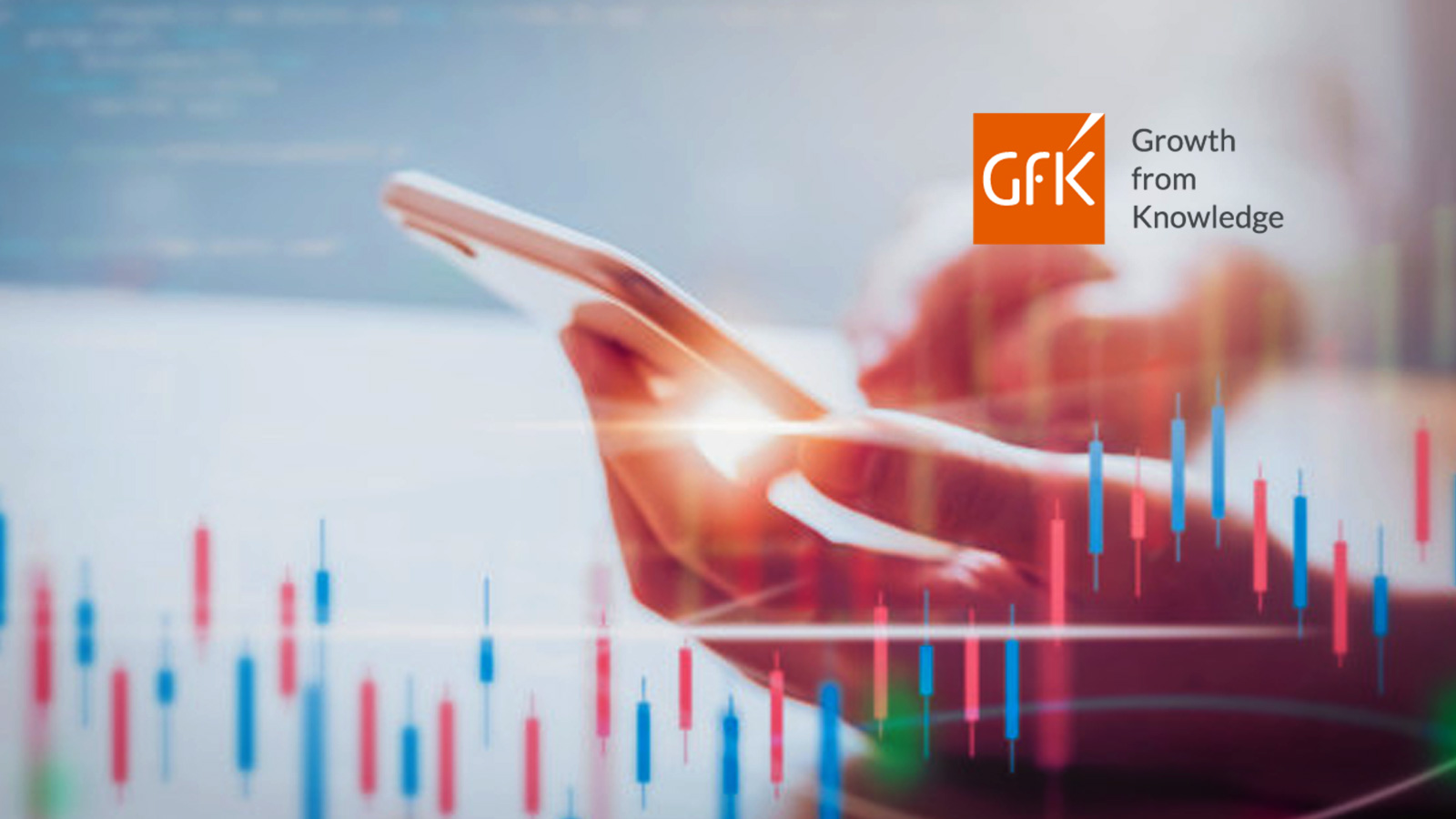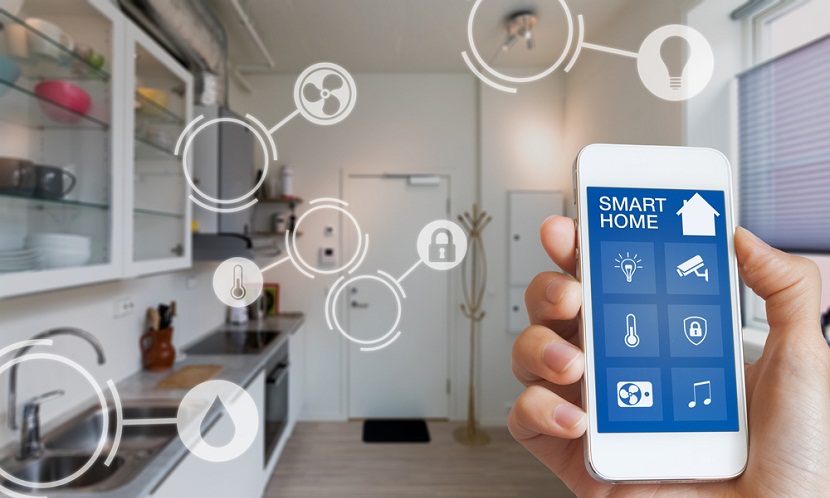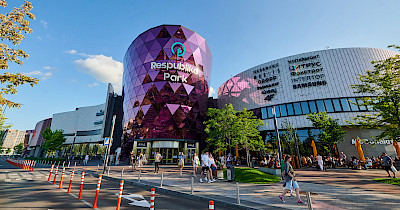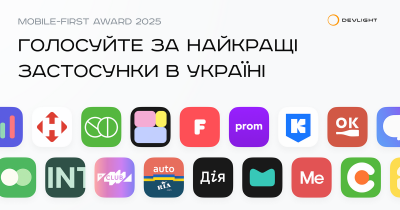

Smart Home: Consumers show growing interest in voice-controlled products – GfK
Despite a challenging business environment, the global Technical Consumer Goods (TCG) industry has inched back to $799 billion (excluding North America), which is a 2 percent value growth in the full year.
Alert detectors, robot vacuum cleaners and cooking ranges enjoyed high demand driven by the ‘stay at home’ focus. Sales of voice-controlled products saw explosive growth of almost 61 percent in 2020, making them one of the best sellers of the year. Overall TCG delivered a V-shaped recovery, with the developed world experiencing a much stronger revival as consumers invested in their homes.
The pandemic is certainly fast-tracking digitization in our homes. The focus on home as headquarters is driving demand for tech goods. Restricted to working and studying at home and prevented from travel and outdoor leisure, consumers turned to indoor options. This delivered good growth of 19 percent for Smart Entertainment & Office products across EU7 markets (Germany, France, Great Britain, Italy, Spain, Netherlands, Belgium).
Who are the winners in smart appliances?
TVs claimed a significant portion of that value uptick. But consumers went beyond visual entertainment to fill their spare time. GfK insights in Distribution and Supply Chain reveals that sales of smart headsets increased over 100 percent in 2020. Looking at 2021, in week 7 (w/c February 8) this category continues to enjoy high demand at 54 percent. GfK expects this appetite to continue throughout the year.
The pandemic also spotlighted health and hygiene which catapulted the Smart Small Domestic Appliances (SDA) and Smart Health Sector (i.e. vacuum cleaner, personal diagnostics, fitness trackers, wrist sport computers) to growth. This was the fastest growing segment across EU7 with +41 percent increase. Smart vacuum cleaners, a key category within SDA & Health, grew by an impressive +43 percent in value terms. Since at-home meant more cooking, many consumers looked for ways to simplify food preparation. As a result, ‘smart’ cooking grew by a staggering +71.5 percent. For example, smart built-in hobs were up +48.2.
According to GfK’s new Market Intelligence Smart Home Report covering total smart home and individual sector views, in 2020, Germany and Great Britain were the biggest markets by value for smart products. The Netherlands led the growth with an increase of 44percent in value. However, smart growth was concentrated: two thirds (66 percent) of the total smart segments value rises originated from Entertainment and Office sector. Smart penetration in other sectors remained much lower.
Towards to a smarter future
GfK’s Market Intelligence Sales Tracking data indicates a transition to a smarter future. The virtual speaker is emerging as a smart home success story as voice control is becoming the way consumers interact with their smart products. Sales of voice-controlled products saw explosive growth of almost 61 percent in 2020, making them one of the best sellers of the year.
The race to be the smart home ecosystem of choice is also on at full speed. Tech giants Google, Apple and Amazon want to be a major part of the consumer’s future smart home, but no manufacturer is gambling on the winner. Smart tech products that offer multiple ecosystems continue to be most attractive to tech-savvy consumers.
Nevin Francis GfK’s expert on technical consumer goods concludes: “The popularity of smart robot vacuum cleaners, smart alert detectors, smart LED and cooking appliances during 2020 proves that tangible benefits do motivate consumers to upgrade to the “smart” version of household products. As more consumers buy smart products and become convinced by their tangible benefits and ease of use, smart will cross the chasm to mass market appeal. However, what shouldn’t be forgotten is the need for transparency about privacy policies and interoperability of different brands. If manufacturers manage to bring all this together this will make ‘smart’ products relevant for the end-consumer whose outlook is focused on enjoying the benefits of intelligent, personalized smart tech in their lives”

Notes to editors
GfK regularly collects sales data in more than 70 countries worldwide for the consumer electronics, photo, telecommunications, information technology, office equipment, and major and small domestic appliance segments through its retail panels. Currency is USD and assuming a non-fixed USD exchange rate. Wherever the time period is not mentioned, it is Jan – Dec 2020 versus previous 12 months.
GfK offers a Smart Home solution consisting of a Smart Home Total Technical Consumer Goods report and individual Smart Home reports for Entertainment & Office, Major Domestic Appliances, Small Domestic Appliance & Health, Home & Automation sectors respectively. GfK Consumer Life also offers a syndicated report Smart Home Today and Tomorrow.
Read also


Respublika Park Shopping Mall Reports on First Half of 2025: Tenant Mix Development and Social Initiatives


